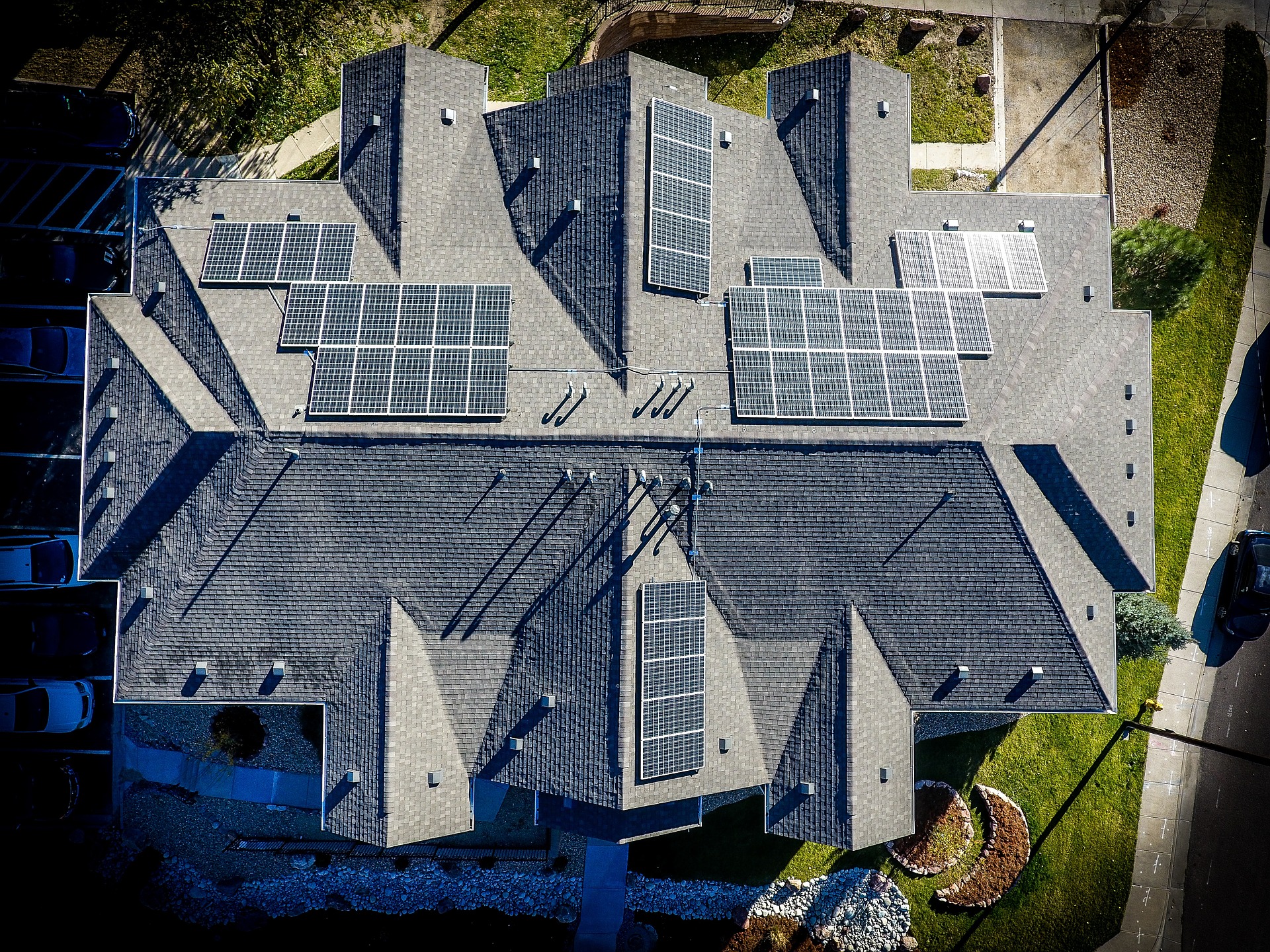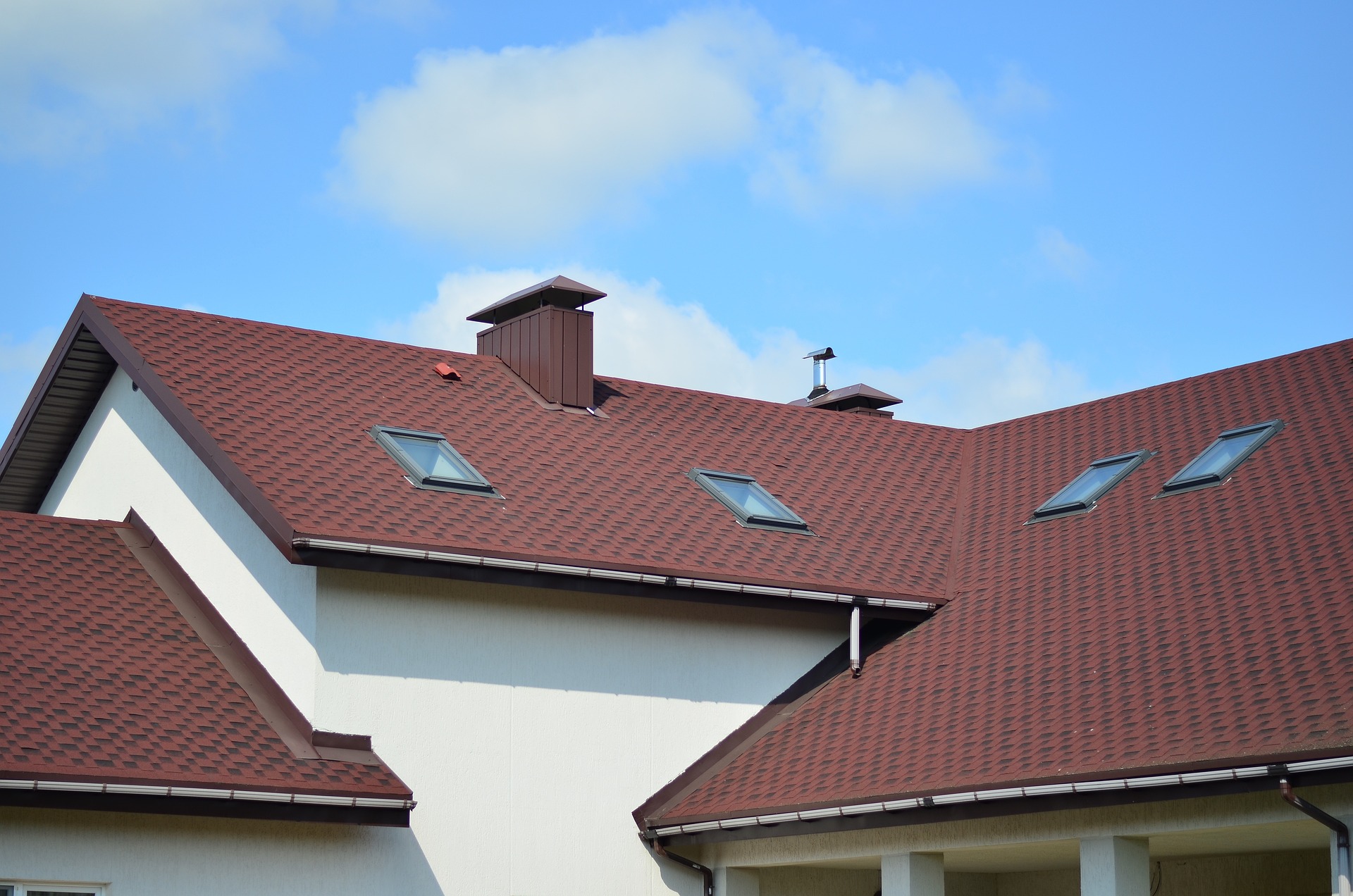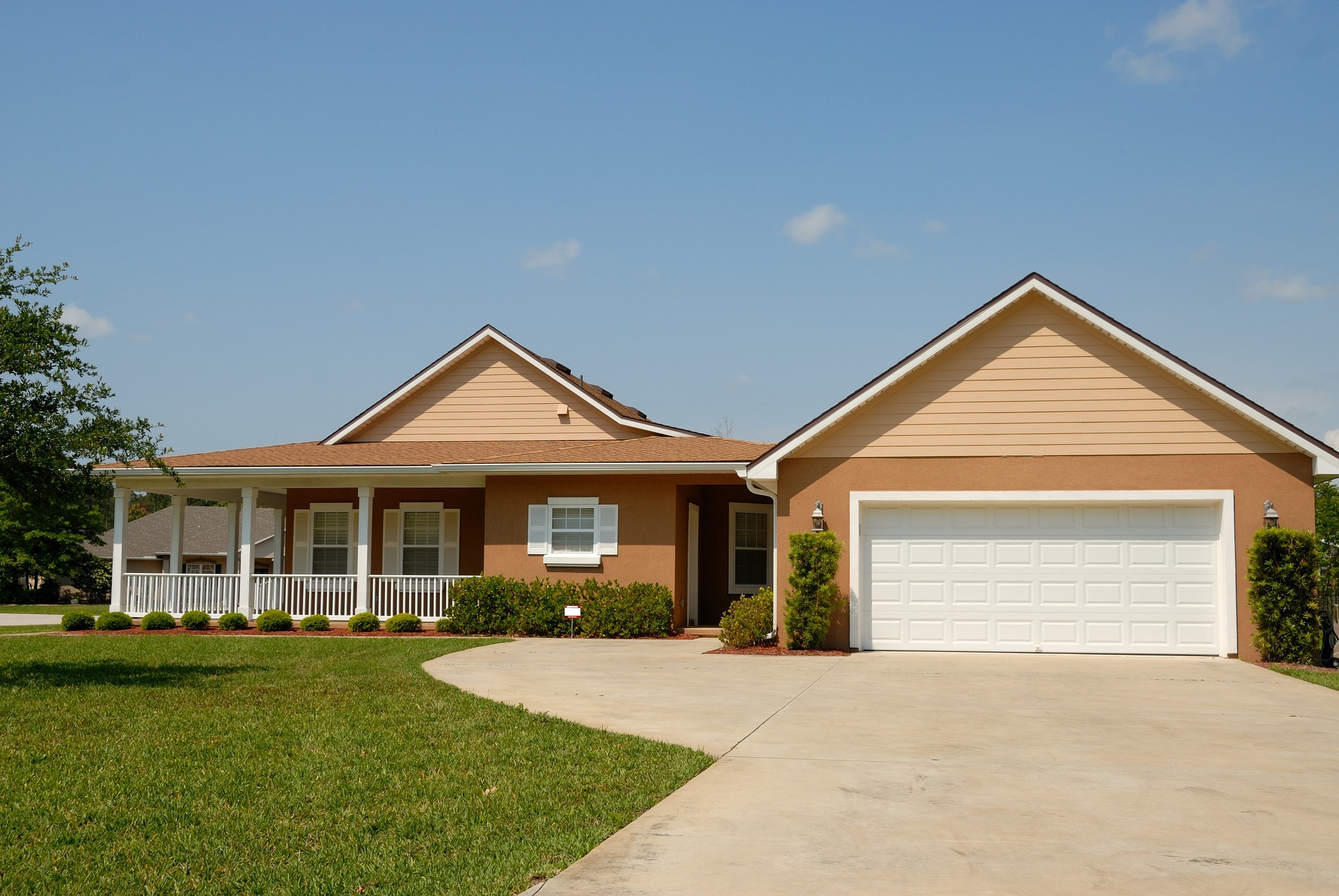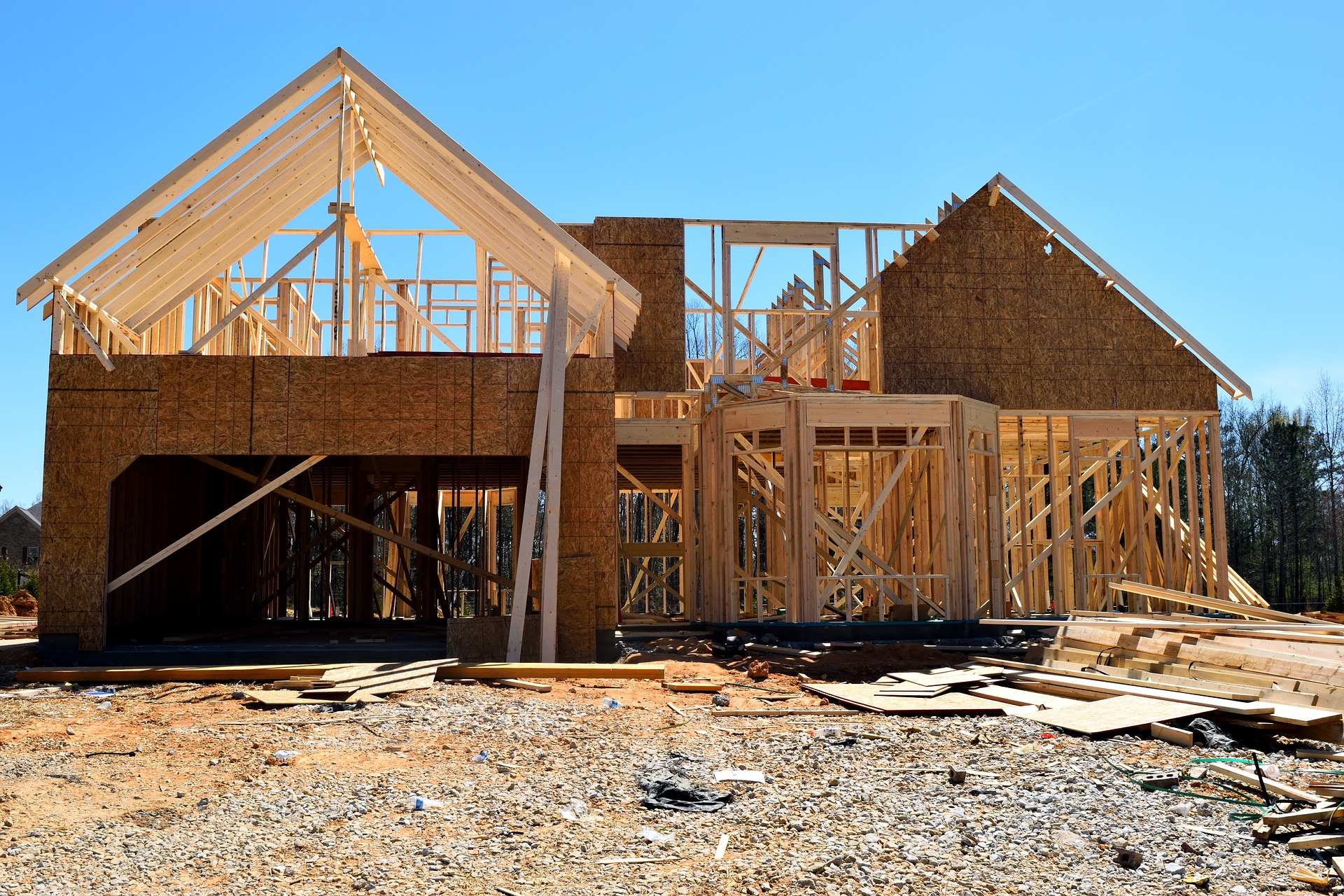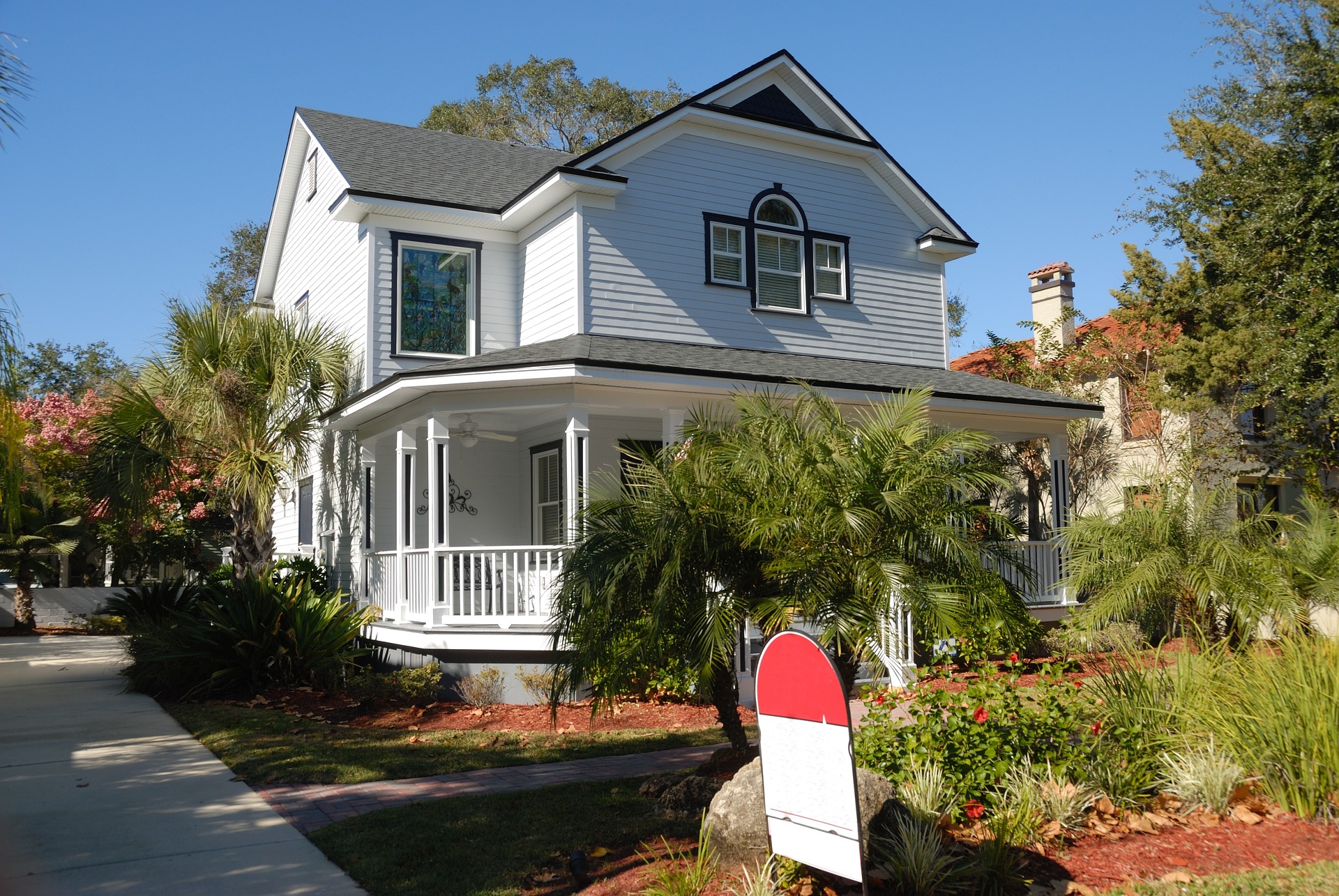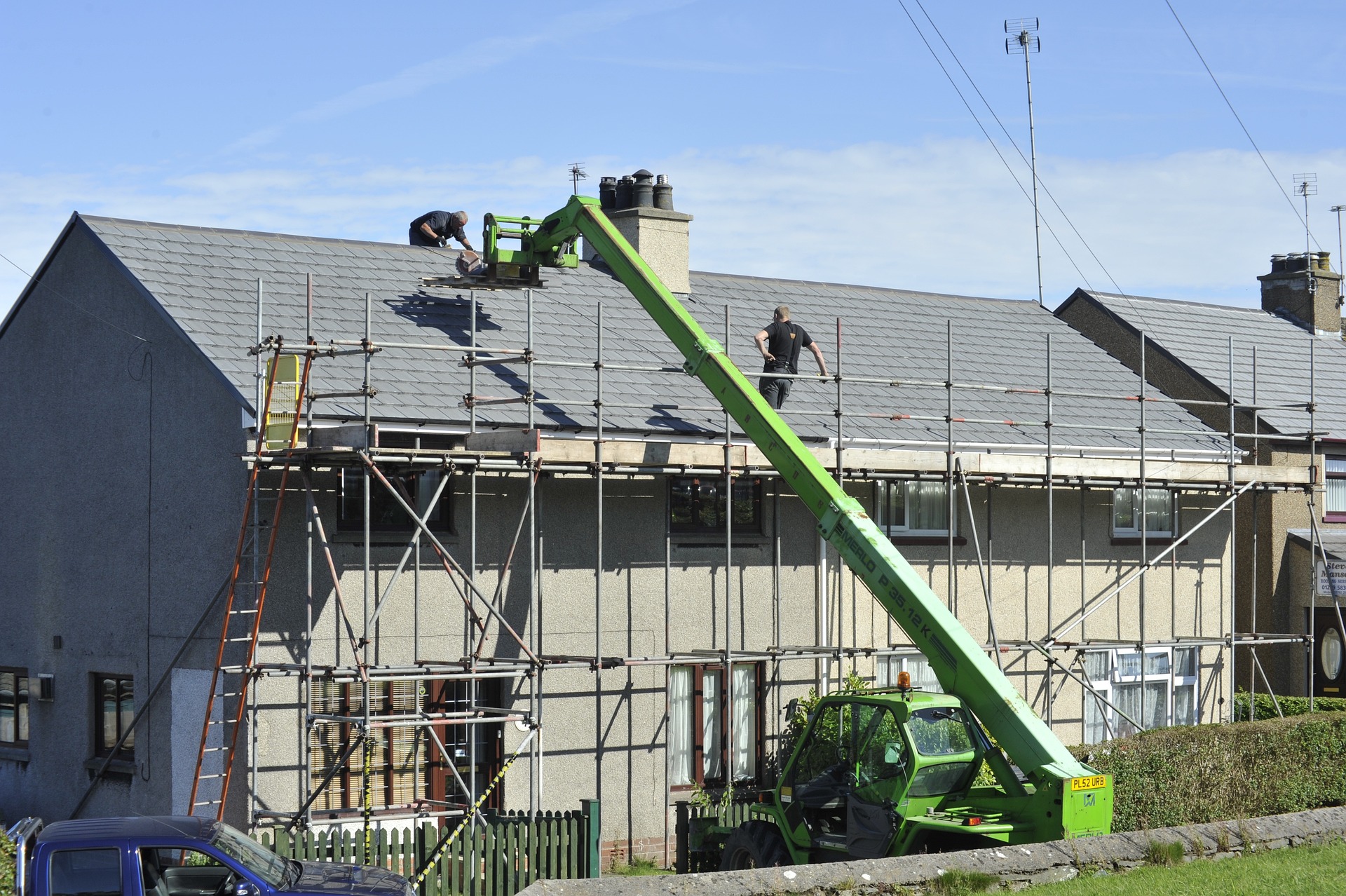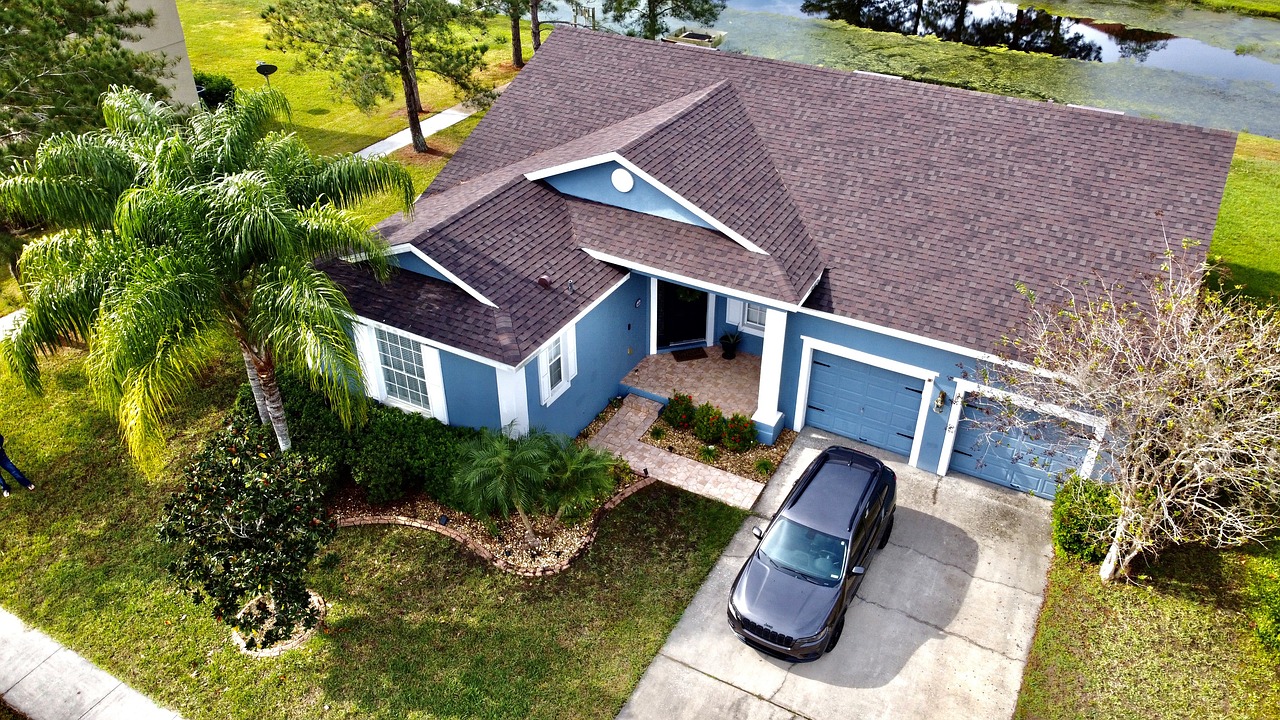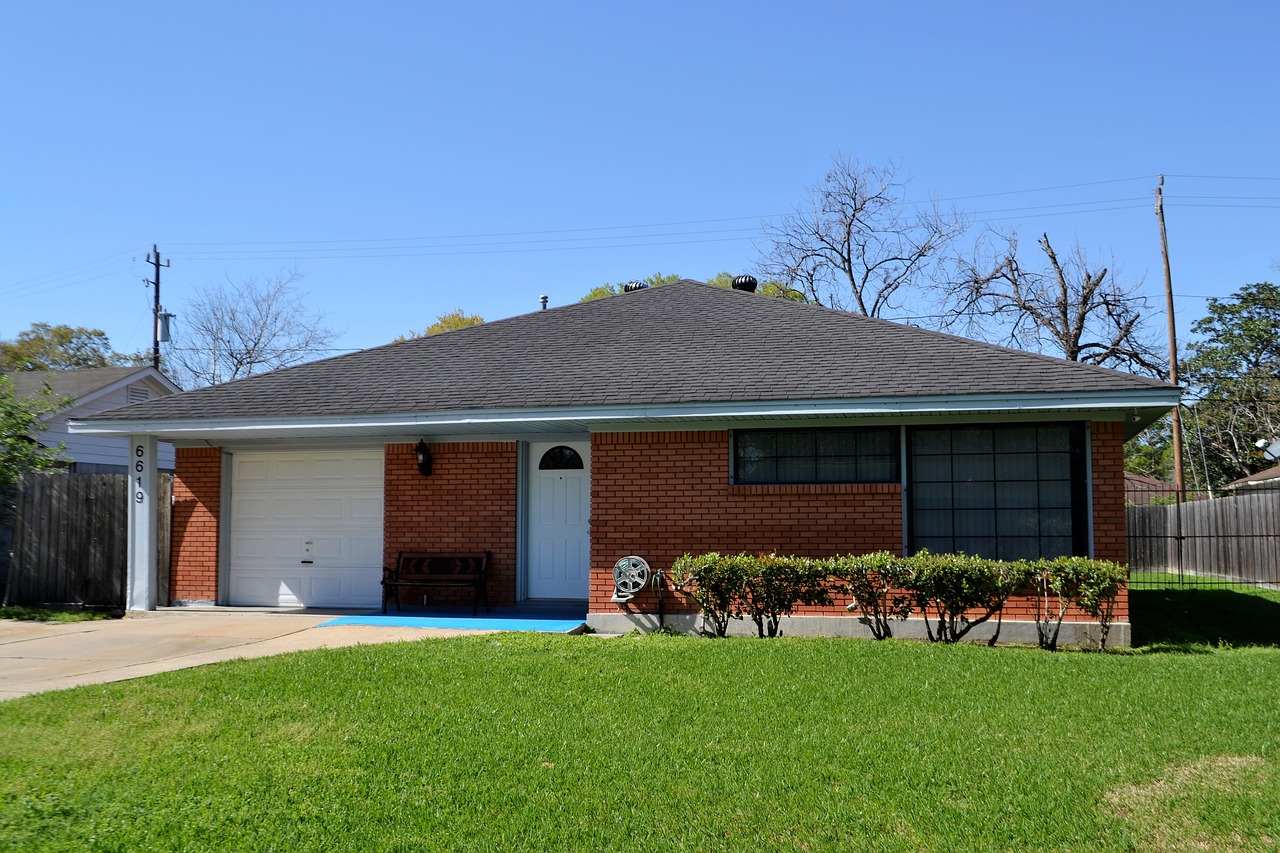¡Garage Roof Repair!
We specialize in garage roof repairs throughout Florida!
We offer 100% financing and 0% down payment.
Roofer in Florida
-----------
Welcome to our company dedicated to the repair of garage roofs in Tampa and throughout Florida.. Whether you are dealing with leaks, cracks, or wear and tear, our team of experts is here to provide you with the highest quality repair services. Trust us to get your garage roof back in optimal condition!
Garage Roof Repair: Ensuring Longevity and Durability in Tampa
Garage roof repair is essential for ensuring the longevity and durability of your garage in Tampa. With regular maintenance and timely repairs, you can protect your garage roof from potential damages caused by weather elements such as rain, wind, and sunlight.
Regular maintenance is key to keeping your garage roof in good condition. It involves inspecting the roof for any signs of damage, such as missing or damaged shingles, cracks, or leaks. By identifying and addressing these issues early on, you can prevent further damage and extend the lifespan of your garage roof.
Timely repairs are crucial when it comes to garage roof maintenance. If you notice any damage during your inspection, it’s important to take prompt action and hire a professional roofing contractor to fix the problem. Ignoring or delaying repairs can lead to more extensive damage and expensive repairs down the line.
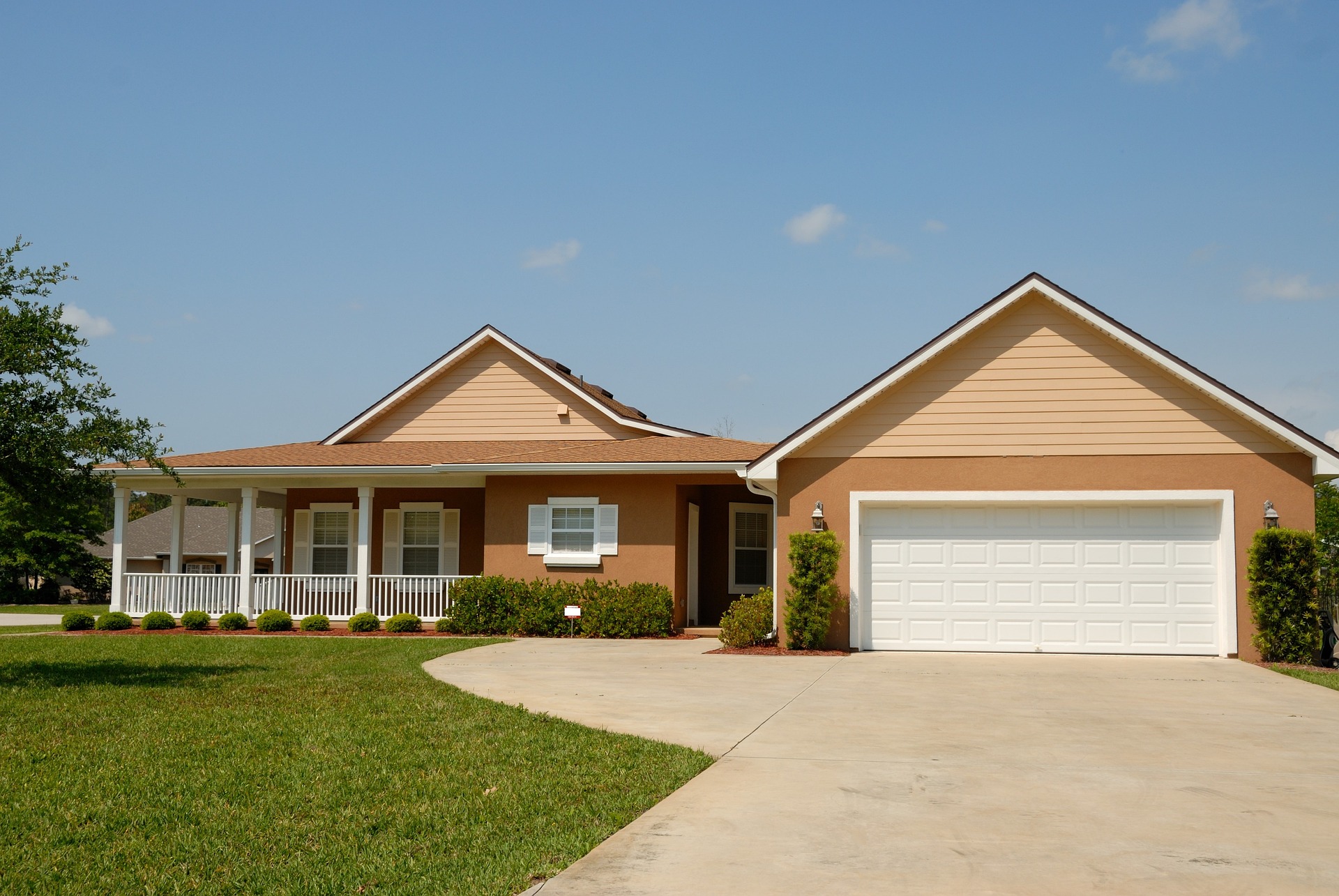
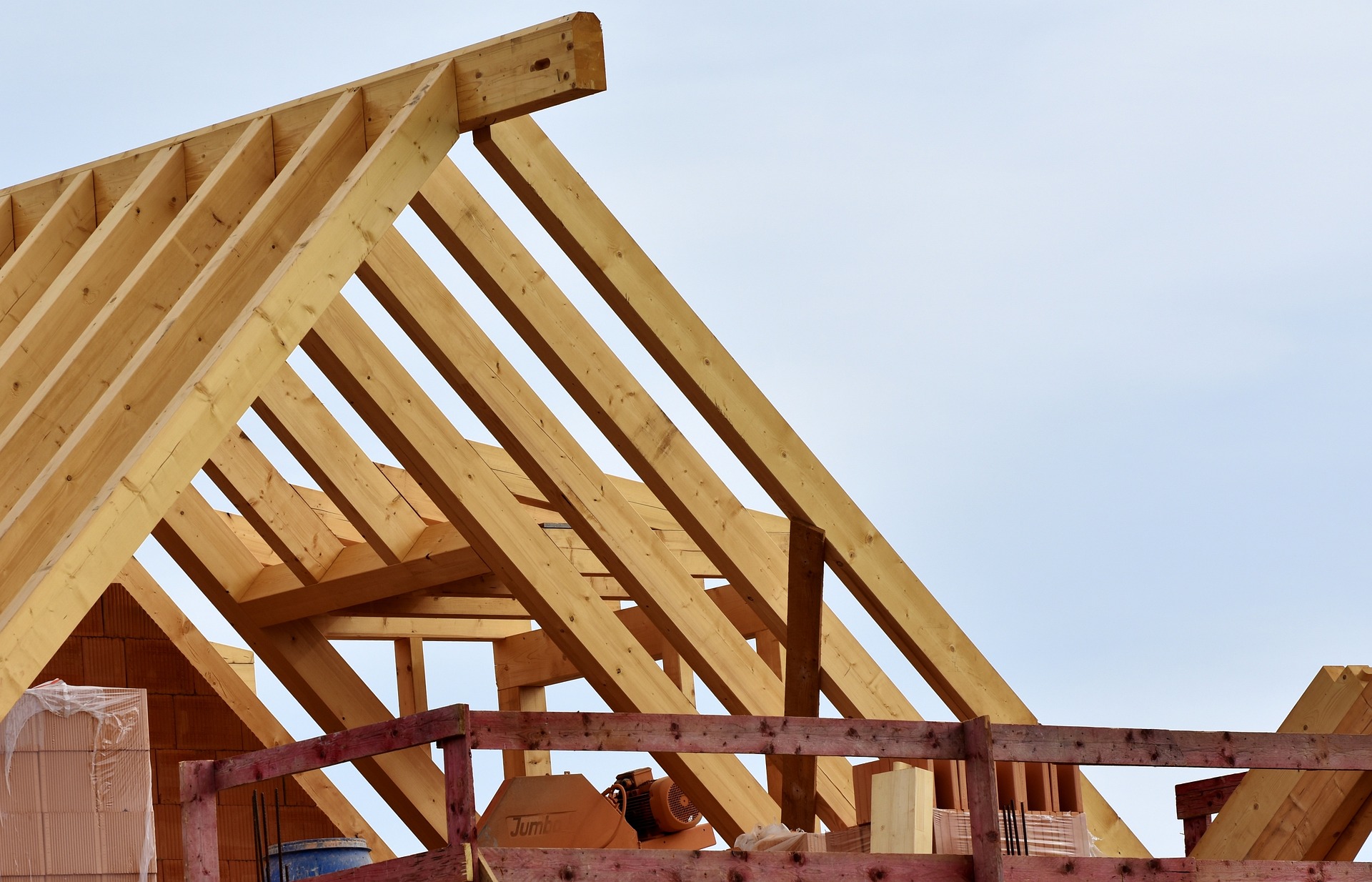
In addition to regular maintenance and repairs, there are a few other measures you can take to ensure the longevity and durability of your garage roof in Tampa. These include:
1. Proper insulation: Insulating your garage roof can help regulate temperature and protect it from extreme weather conditions.
2. Clearing debris: Regularly remove any debris, such as leaves, branches, or dirt, from your garage roof. Accumulated debris can trap moisture and cause rot or damage to the roof surface.
3. Gutter maintenance: Clean and maintain your gutters to ensure proper water drainage. Clogged gutters can lead to water pooling on the roof, increasing the risk of leaks or structural damage.
4. Professional inspections: Schedule regular inspections by a professional roofing contractor to identify any hidden or potential issues with your garage roof. Their expertise can help detect problems that might not be visible to the untrained eye.
By following these practices and investing in garage roof repair and maintenance, you can ensure the longevity and durability of your garage roof in Tampa. Remember that prevention is key, so don’t wait for significant damage to occur before taking action.
We offer 100% financing and 0% down payment.
Reviving the Past: Navigating the Hurdles and Innovative Approaches to Restoring Old Garage Roofs
When it comes to repairing an old garage roof, several challenges can arise, turning what might seem like a straightforward task into a complex project. Understanding the hurdles involved in garage roof repair is essential for both homeowners and repair professionals alike.
The first thing to consider is the structural integrity of the existing roof. Over time, roofing materials deteriorate due to exposure to the elements. In some cases, the damage might be superficial, but often, there could be unseen issues like rotten wooden support beams or rusted steel that can compromise the roof's stability.
Another major hurdle is asbestos. Many older garage roofs were constructed using asbestos-containing materials due to their durability and fire-resistant properties. However, we now know that asbestos fibers can be extremely harmful when inhaled, posing serious health risks. Therefore, dealing with asbestos requires special handling and must adhere to strict safety regulations.
Then there's the matter of building codes and regulations. It's essential to ensure that any repair work complies with local building codes, which might have changed since the original construction of your garage. This might involve obtaining permits and having inspections carried out, which can add layers of complexity to the repair process.
Furthermore, the presence of existing roofing materials can make repairs challenging. Traditional materials like shingles, tiles, or felt might need to be carefully removed and matched with new materials that offer compatibility and durability. Finding materials that provide a seamless match can be difficult, especially if the original materials are no longer available on the market.
Lastly, water damage can present a significant obstacle. If the old roof has been leaking, there may be extensive water damage not only to the roof itself but also to the interior of the garage. Addressing this damage can involve much more than merely repairing or replacing the roof—it may include dealing with mold, mildry, and compromised structural elements.
In conclusion, old garage roof repair brings with it a unique set of challenges that require careful assessment and planning. It calls for an understanding of the complexities involved in dealing with outdated materials, adhering to current building codes, and ensuring the safety and longevity of the structure.
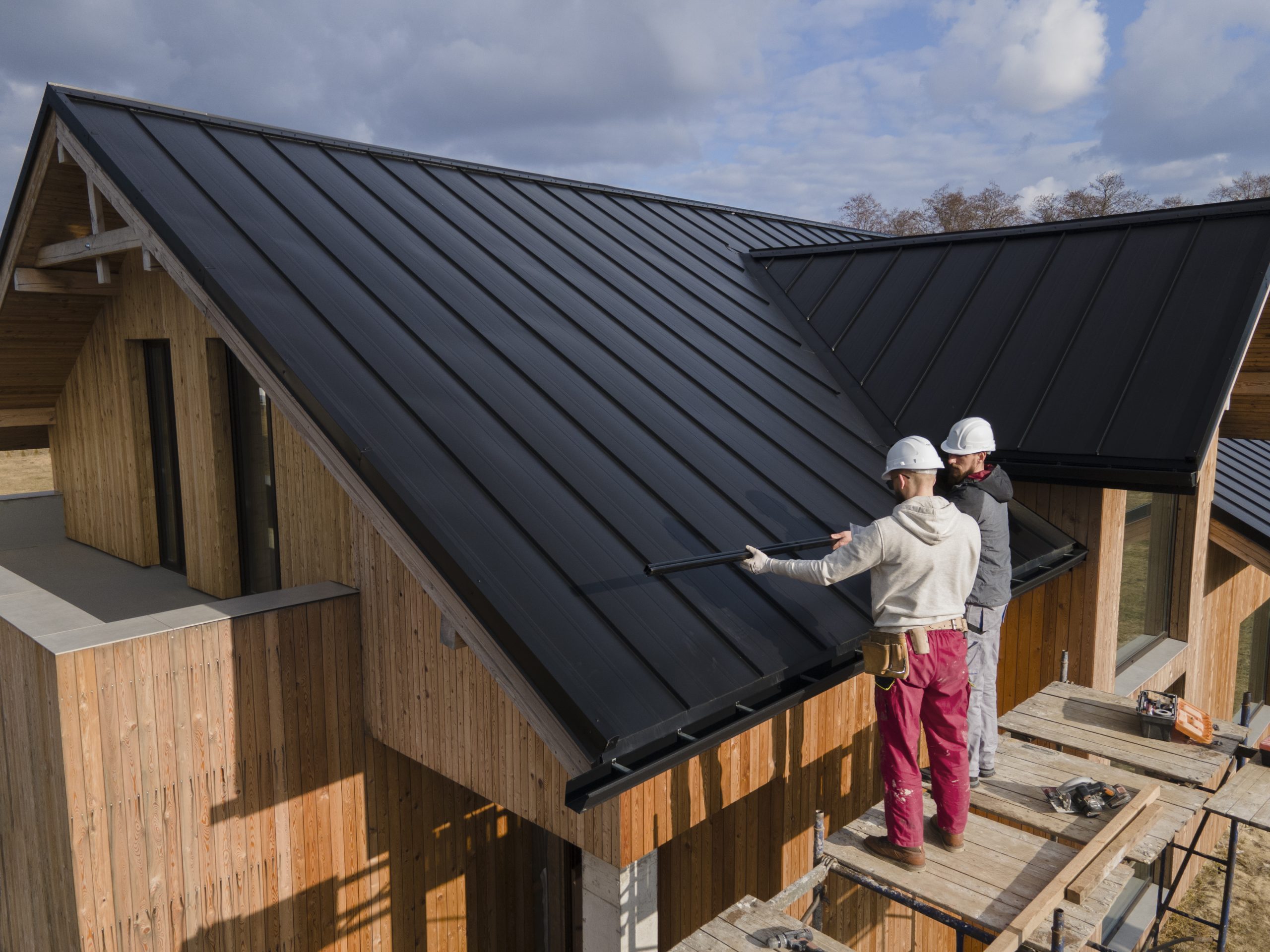
Common challenges in restoring old garage roofs include structural damage, poor insulation, water leaks, and outdated materials that are not up to current building codes. Modern techniques address these issues through the use of advanced materials such as EPDM rubber, TPO, or PVC membranes for waterproofing, which are more durable and long-lasting. Additionally, contemporary repair methods often incorporate rigorous structural assessments, thermal imaging for detecting moisture issues, and improved insulation solutions like rigid foam panels or spray foam to enhance energy efficiency.
Homeowners can identify if their vintage garage roof needs repair or a complete replacement by looking for signs of damage such as leaks, missing shingles, sagging, and extensive wear and tear. If the damage is localized, a repair may suffice. However, if issues are widespread or the roof is near the end of its life expectancy, a replacement may be necessary.
For repairs, modern solutions include using high-quality roofing materials that match the vintage style while providing better durability, and applying waterproof sealants for extended protection. In case of replacement, homeowners can opt for modern synthetic materials that mimic classic looks, or choose eco-friendly options like green roofs or solar tiles, offering energy efficiency along with aesthetic appeal.
For cold climates, using materials like EPDM rubber roofing or metal roofing is recommended due to their durability and resistance to snow and ice. Proper insulation and ventilation are crucial to prevent ice damming and condensation.
In hotter climates, a reflective coating such as white silicone or elastomeric paint can be applied to protect against UV rays and reduce heat absorption, prolonging the roof life.
In wet climates, it's essential to use waterproof materials like PVC or TPO roofing membranes, and ensure good drainage systems are in place to prevent water accumulation.
Regardless of climate, regular maintenance and prompt repair of any damage are key to extending the life of a restored old garage roof.
What are the most common signs of a garage roof in need of repair in Tampa?
............................
The most common signs of a garage roof in need of repair in Tampa include:
1. Leaks: If you notice water stains or dripping water inside your garage, it is a clear indication that your garage roof has a leak. Leaks can cause further damage to the structure and belongings stored in the garage.
2. Missing or damaged shingles: Check for any missing or damaged shingles on your garage roof. Shingles that are cracked, curled, or blistered are signs of wear and tear and may require immediate repair or replacement.
3. Sagging roof: A garage roof that appears to be sagging or dipping in certain areas may indicate structural damage or weakened support. This could be due to excessive weight or water damage, and it should be addressed promptly to prevent further deterioration.
4. Mold or mildew: Excessive moisture can lead to the growth of mold or mildew on the garage roof. These growths not only affect the appearance of the roof but also indicate underlying moisture issues that need attention.
5. Visible cracks or holes: Inspect the garage roof for any visible cracks or holes. These openings can allow water to enter, leading to leaks and potential damage to the interior of the garage.
6. Roof age: Consider the age of your garage roof. If it is nearing the end of its expected lifespan or has not been replaced in many years, it may be prone to problems and might require repair or replacement.
7. Curled or damaged flashing: Flashing is the metal strip installed around roof edges, chimneys, and vents to prevent water seepage. If the flashing is curled, damaged, or missing, it can result in water penetration and roof damage.
If you notice any of these signs, it is recommended to consult a professional roofer who can assess the condition of your garage roof and suggest appropriate repairs or replacements.
How much does garage roof repair typically cost in the Tampa area?
The cost of garage roof repair in the Tampa area can vary depending on several factors including the size of the garage, extent of damage, and the materials used for the repair. On average, garage roof repairs in the Tampa area can cost between $500 to $1500. However, this is just a rough estimate and the actual cost may be higher or lower depending on the specific circumstances
What steps should homeowners in Tampa take to prevent garage roof damage and the need for repairs?
Homeowners in Tampa can take several steps to prevent garage roof damage and the need for repairs:
Schedule regular inspections of your garage roof to identify any signs of damage or wear. Look for cracked or missing shingles, leaks, and sagging areas.
Regularly clean your gutters and downspouts to ensure that water can flow freely off your roof. Clogged gutters can cause water to pool on your roof, leading to damage over time.
Trim any branches that hang over your garage roof. Falling branches or debris can cause significant damage during storms or high winds.
Clear any debris, such as leaves or twigs, from your roof regularly. Accumulated debris can retain moisture and promote the growth of mold or algae, leading to roof damage.
Adequate attic ventilation is crucial for maintaining a healthy roof. It helps in preventing the buildup of moisture, which can lead to roof deterioration over time.
If you notice any leaks or signs of water damage, it's important to address them promptly. Ignoring leaks can lead to further damage and costly repairs.
Apply a reflective coating or consider installing UV-resistant shingles to protect your garage roof from the damaging effects of the sun's UV rays.
Proper insulation can help regulate the temperature in your garage, reducing the risk of ice dams and water damage during colder months.
Consider hiring a professional roofing company to perform periodic maintenance on your garage roof. They can identify potential issues and make necessary repairs before they worsen.
In areas prone to hurricanes or severe weather, reinforce your garage roof by installing hurricane straps or other protective measures recommended by a professional. Additionally, have an emergency plan in place to mitigate potential damage during storms.
By following these preventive measures, homeowners in Tampa can reduce the risk of garage roof damage and the need for costly repairs in the future.
In conclusion, ensuring the proper maintenance and timely repair of your garage roof in Tampa is crucial to avoiding costly damages and preserving the structural integrity of your property.
By addressing issues such as leaks, cracks, and missing shingles promptly, you can prevent further water damage, mold growth, and deterioration. Remember to hire a professional roofing contractor who specializes in garage roof repair to ensure high-quality workmanship and long-lasting results.
Additionally, consider investing in regular inspections and preventative measures such as roof coatings or sealants to extend the lifespan of your garage roof. Don't wait until it's too late – take action now to protect your investment and maintain a safe and functional garage space
Mastering Garage Roof Inspections: Your Comprehensive Guide to Assessing Damage and Choosing the Right Repair Solution
When it comes to garage roof repair, accurately assessing the extent of wear is crucial for determining the necessary course of action. This evaluation guide will help you step by step in identifying how much maintenance or repair your garage roof may need.
Step 1: Visual Inspection
Begin with a visual inspection of your garage roof from the ground. Look for signs of obvious damage such as missing shingles, sagging, or discoloration. Use binoculars if necessary to get a closer view.
Step 2: Check the Gutters and Downspouts
Examine the gutters and downspouts for blockages or damage. Ensure they are securely attached and that water can flow freely away from the roof.
Step 3: Look for Internal Signs of Damage
Inside the garage, check for any signs of water intrusion. This could include stains on the ceiling, peeling paint, or mold growth. Water marks or drips can indicate areas where the roof may be compromised.
Step 4: Assess the Roof Surface
If safe to do so, use a ladder to access the roof. Once on the roof, perform a close-up inspection. Look for cracked, curled, or missing shingles. Check for blistering or peeling, which could suggest aging roofing materials.
Step 5: Flashing and Sealant Check
Inspect the flashing around vents, chimneys, and roof joints. Any gaps or signs of rust could lead to leaks. Check the sealant for cracks or deterioration and consider its age, as this material has a limited lifespan.
Step 6: Check for Soft Spots
Carefully walk on the roof to feel for soft spots, which could indicate rot or damage to the decking beneath the shingles. Proceed with caution to avoid causing further damage or risking personal injury.
Step 7: Moss and Algae Inspection
Look for signs of moss and algae growth. These can retain moisture and cause long-term damage to roofing materials. Note that some algae-resistant shingles may have a warranty against such issues.
After completing these steps, you should have a clear understanding of the condition of your garage roof and can make informed decisions about repairs or potential replacement. If you’re unsure or find significant damage, it's best to contact a professional roofing contractor for a thorough assessment and expert recommendations. The key is to address roof wear before minor issues become major problems.
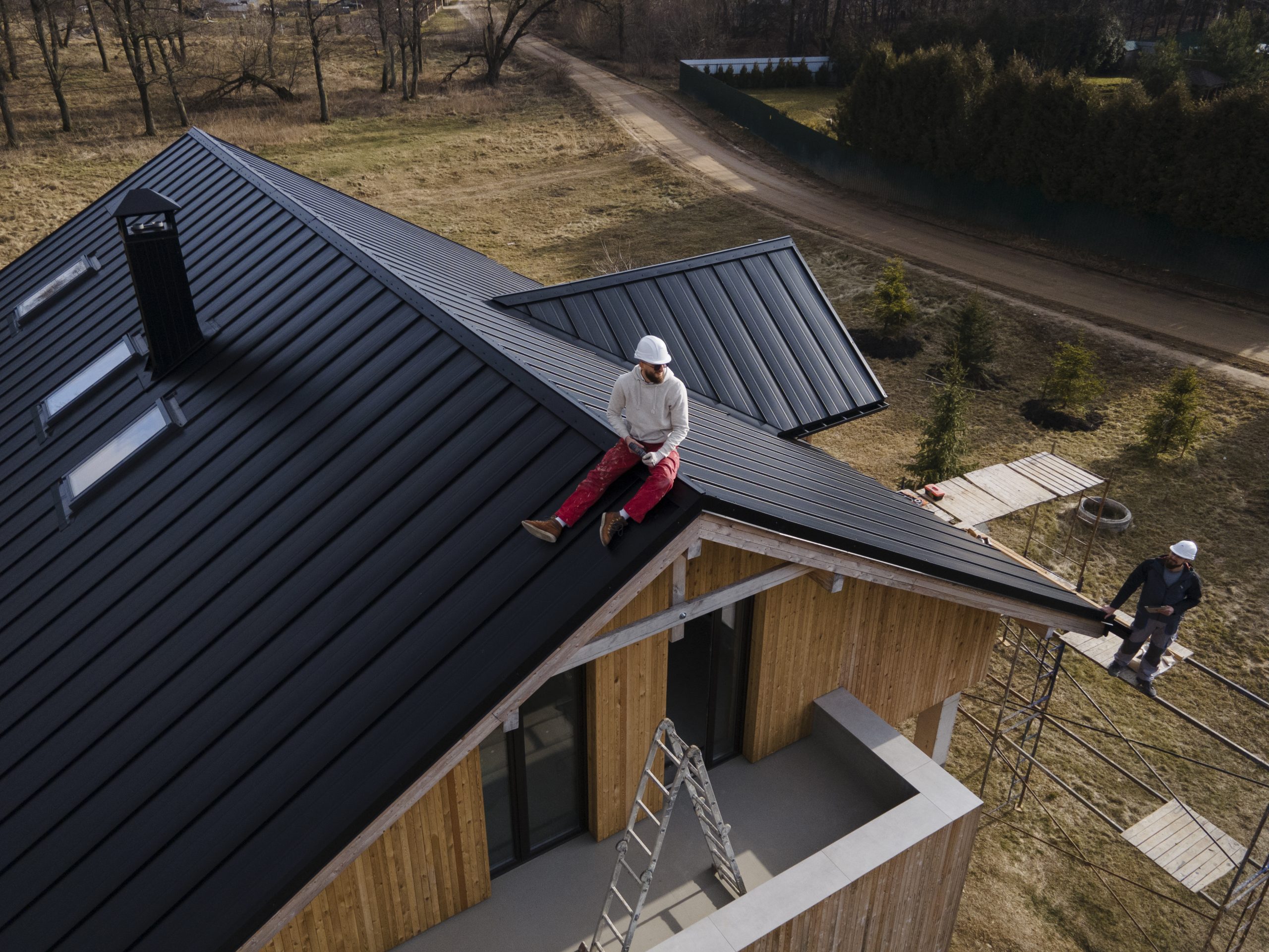

Key indicators of garage roof damage include visible leaks or water stains inside the garage, missing, cracked, or curled shingles on the exterior, sagging in areas of the roof, mold or moss growth, and sunlight piercing through the roof structure. It’s important to also check for signs of rot or decay in the roofing material, especially if it's made of wood. Regular inspection for these warning signs can help homeowners address issues before they escalate.
To accurately assess the extent of damage to a garage roof, it is essential to conduct a thorough inspection. Look for signs of water damage, such as leaks or stains on the interior ceiling. From the exterior, check for missing, damaged, or aging shingles; also inspect metal roofs for rust or dents. Evaluating the structural integrity of the roof deck and supports is crucial. If damage is localized, repairs may suffice. However, if the issues are widespread or the roof is near the end of its lifespan, a full replacement might be necessary. It is often recommended to consult with a professional roofing contractor for an accurate assessment.
When deciding on the best repair method for a damaged garage roof, consider the following factors: extent of damage, type of roofing material, structural integrity of the rest of the roof, climate conditions in your area, cost-effectiveness of repairs versus replacement, warranty and lifespan of the repair, and local building codes. These considerations will guide you in choosing a durable and efficient solution.
Gallery
Expert Guide: Evaluating Your Garage Roof Damage and Choosing the Right Repair Solution
Identifying garage roof problems is crucial for maintaining the integrity and safety of your garage structure. Here's a step-by-step guide to help you assess damage effectively:
Step 1: Visual Inspection
Begin with a thorough visual inspection from both the inside and outside of your garage. Look for signs of visible damage such as missing shingles, cracks, sagging, or any deformation on the roof surface.
Step 2: Check for Water Damage
Water damage can be indicative of leaks. Inside your garage, check for water stains, mold, or mildew on the ceiling or walls. On the roof, look for pooled water or areas where water may be collecting.
Step 3: Inspect Roofing Materials
Examine the state of the roofing materials. If you have shingles, check for curling, cracking, or missing pieces. For metal roofs, look out for rust, dents, or areas where panels may have come loose.
Step 4: Gutters and Downspouts
Ensure that gutters and downspouts are securely attached, free of debris, and not showing signs of corrosion or damage. Proper functioning of gutters is essential to prevent water damage.
Step 5: Check Flashings
The flashings around roof penetrations like chimneys and vents are common areas for leaks. Inspect these for gaps, bending, or rust.
Step 6: Interior Structure Examination
From inside the garage, examine the rafters and trusses for structural damage. Pay attention to any bending, cracking, or wood rot that could compromise the roof's strength.
Step 7: Assess Insulation
Proper insulation is important for energy efficiency. Check that the insulation is dry and in good condition. Wet insulation can be a sign of a leak.
Step 8: Mold and Fungi Detection
Mold and fungi not only affect air quality but also indicate moisture issues. If you detect mold, it is imperative to identify the source of moisture and address it promptly.
Step 9: Professional Evaluation
If you are unsure about your findings or if you notice significant damage, it’s best to call a professional roofer. They can provide a more detailed inspection and suggest appropriate repairs.
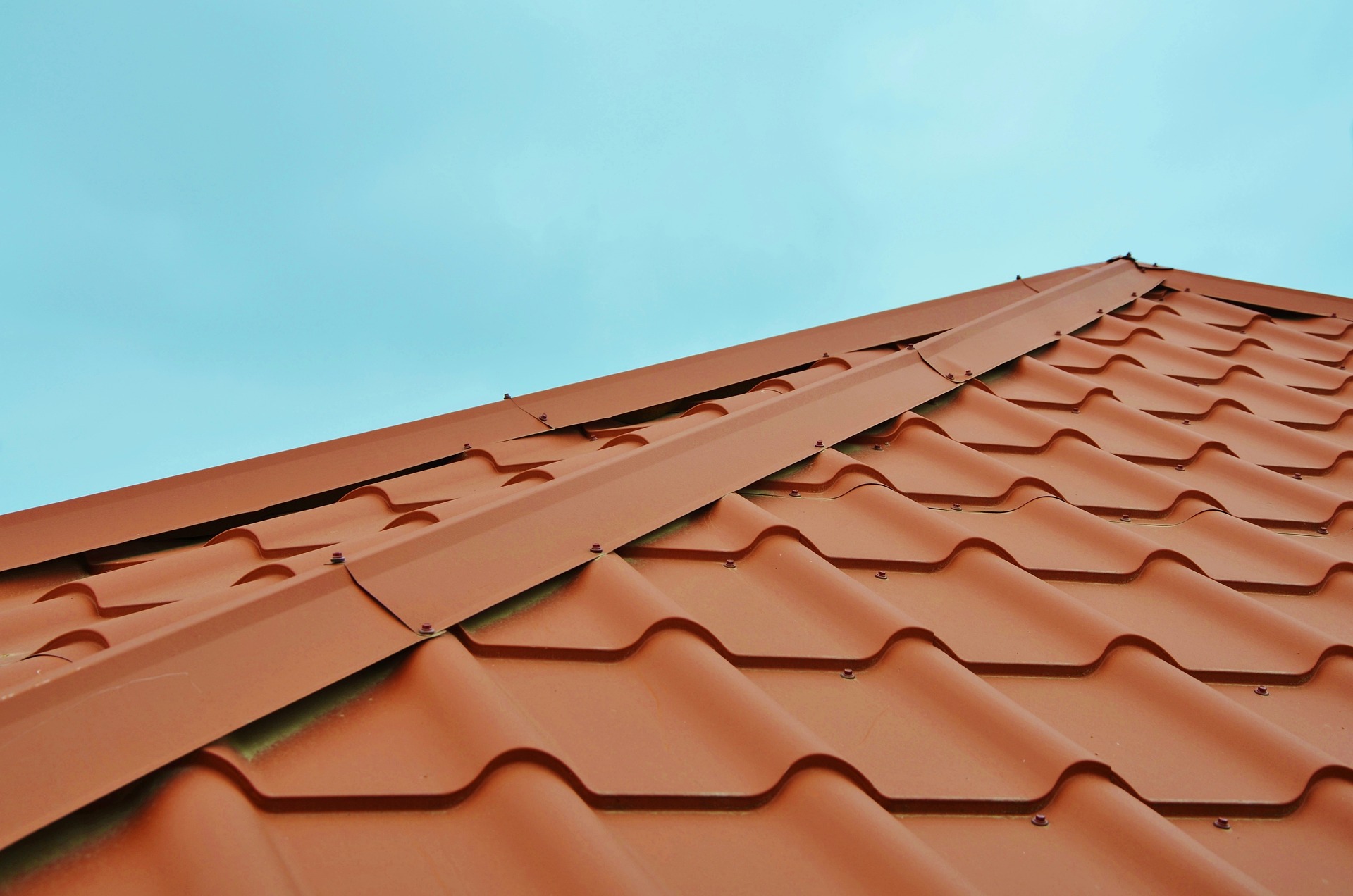
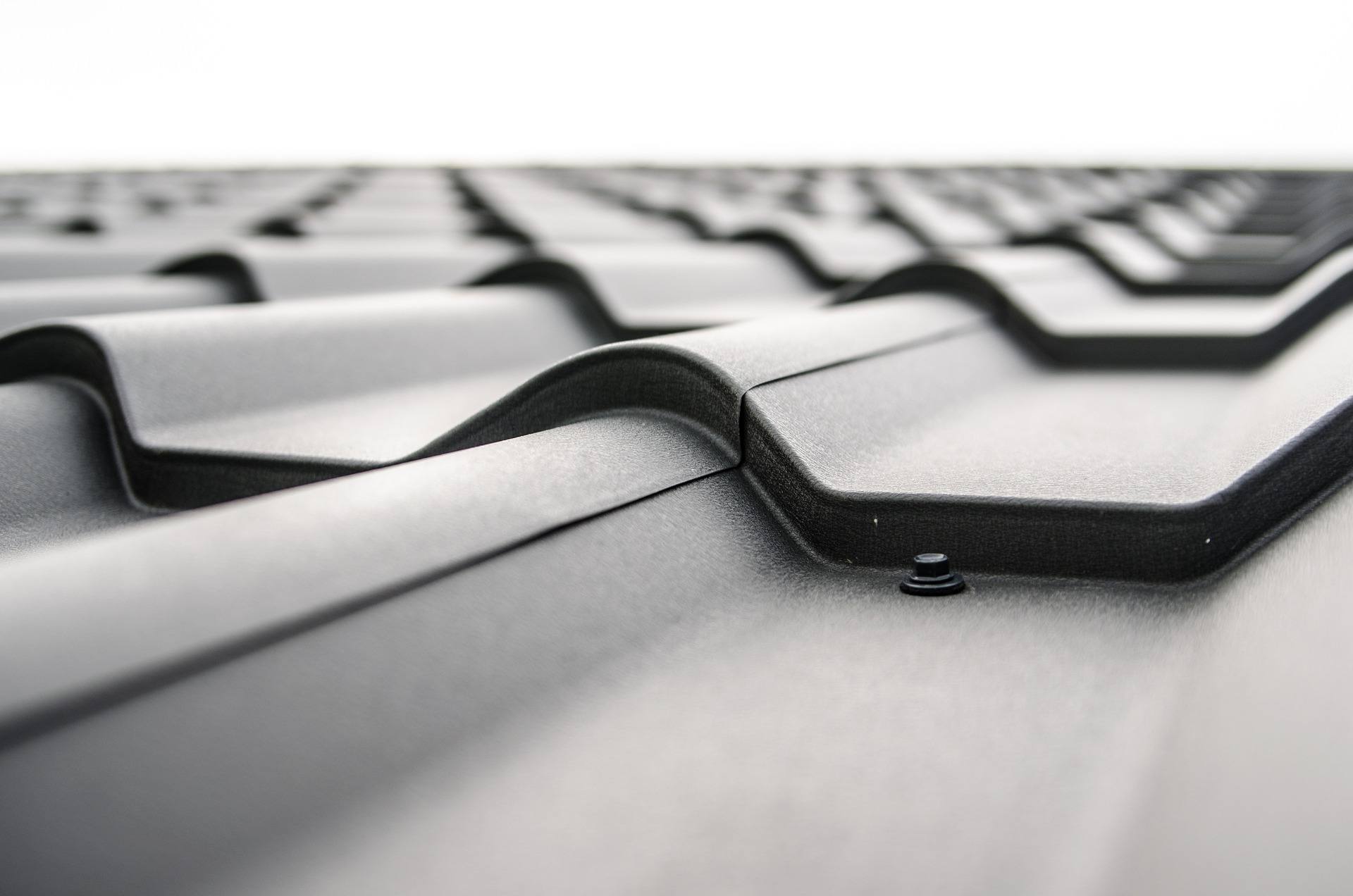

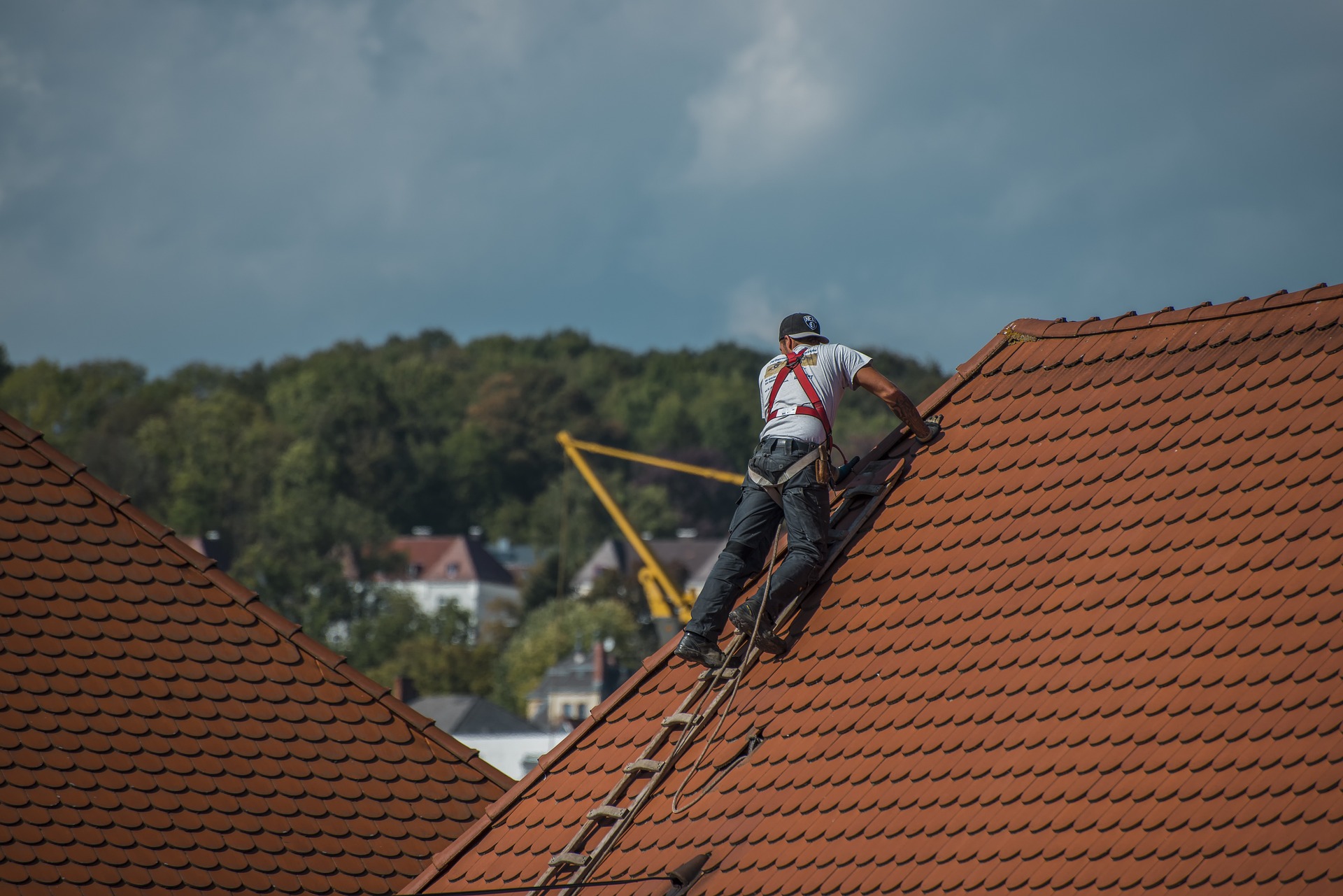
Visit Our Blog
Reviving the Past: Navigating the Hurdles and Innovative Approaches to Restoring Old Garage Roofs
Mastering Garage Roof Inspections: Your Comprehensive Guide to Assessing Damage and Choosing the Right Repair Solution
Expert Guide: Evaluating Your Garage Roof Damage and Choosing the Right Repair Solution
Mastering Roof Inspections: A Step-By-Step Guide to Evaluating Garage Roof Damage and Choosing the Right Repair Solution
Maximizing Longevity: Your Complete Guide to Preventive and Corrective Garage Roof Repair
Conquering the Top: Common Garage Roof Problems and Effective Solutions
Maximizing Longevity: Your Complete Guide to Preventive and Corrective Garage Roof Repair
Maintaining your garage roof is not only essential for keeping your possessions dry and secure, but it also plays a significant role in the overall structural integrity of your property. Regular maintenance can help prevent costly repairs down the line. Here are some essential tips for prevention and repair to ensure that your garage roof remains in top condition.
Firstly, it is critical to conduct regular inspections of your garage roof. This proactive step allows you to catch small issues before they escalate into bigger, more expensive problems. Look out for signs of wear and tear such as cracked or missing shingles, damaged flashing, or any other visible damage.
Secondly, keep your roof clean. Debris like leaves, twigs, and other materials can accumulate on your garage roof and in gutters, potentially leading to water damage or even rot. By keeping these areas free of debris, you allow water to flow freely, reducing the risk of leaks and water damage.
Another important aspect of roof maintenance is ensuring proper insulation and ventilation. These elements are crucial in preventing condensation, which can lead to mold growth and wood rot. Adequate attic insulation and ventilation will also improve energy efficiency in your home, saving you money on heating and cooling costs.
Timely repairs are also essential. If you do notice damage during your inspection, it's best to address it immediately. Small fixes such as sealing a leak or replacing damaged shingles can prevent more severe issues down the road.
If you are not comfortable performing roof maintenance or repairs yourself, it is advisable to hire a professional. A certified roofer can provide a thorough inspection and carry out high-quality repairs or replacements as needed. They have the expertise to ensure that your roof is in its best possible condition.
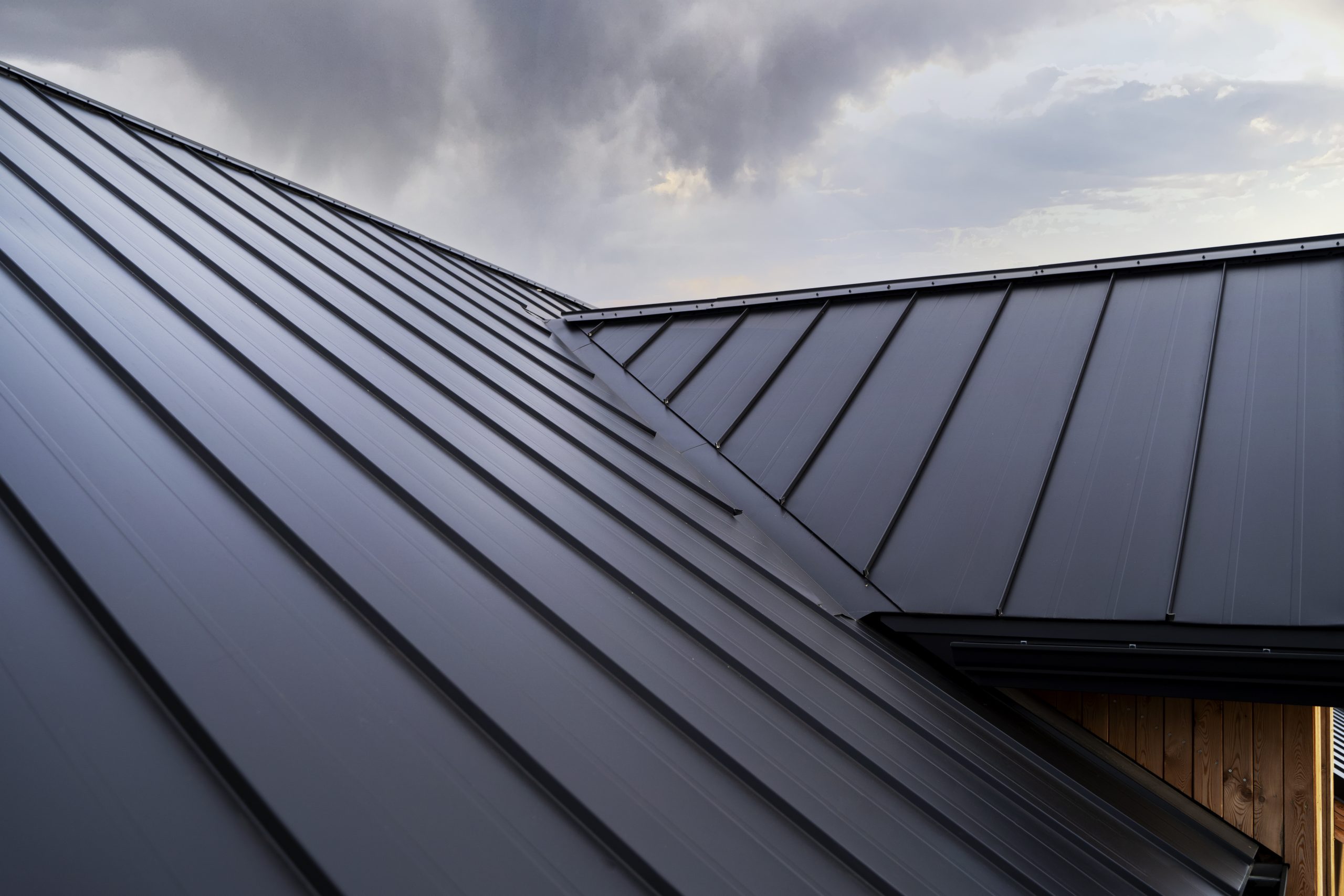

To perform preventive maintenance on a garage roof to avoid major repairs, the key steps include:
1. Regular Inspection: Check the roof twice a year for damage, focusing on missing, loose, or damaged shingles or roofing material.
2. Clean Gutters and Downspouts: Ensuring they are free from debris to prevent water buildup that can cause rot or damage.
3. Trim Overhanging Branches: To reduce leaf accumulation and prevent physical damage from branches.
4. Moss and Algae Treatment: Apply appropriate products to discourage growth that can lead to moisture retention and roof deterioration.
5. Sealant and Flashing Check: Examine and repair sealants around vents, skylights, and flashing to prevent leaks.
6. Proper Ventilation: Ensure attic and roof ventilation is adequate to reduce heat and moisture buildup that can weaken the roof structure.
7. Professional Assessment: Consider hiring a professional to inspect the roof if you are not comfortable doing it yourself or suspect more serious issues.
Early signs of damage that require corrective maintenance on your garage roof include visible sagging, water stains on the ceiling or walls, missing, cracked, or curling shingles, and moss or algae growth. You should also be alert for daylight shining through the roof boards or dampness in the insulation. Regular inspection can help catch these issues early on.
The most effective corrective maintenance techniques for common garage roof issues such as leaks or structural weaknesses include:
- For leaks: Identifying the source of the leak is critical. Once located, repairing or replacing the damaged shingles or sealing the area with a high-quality roof sealant can be effective. Additionally, ensuring proper flashing around chimneys, vents, and roof joints is key.
- For structural weaknesses: It's important to inspect the roof support structure for signs of rot or damage. Reinforcing the damaged areas or replacing compromised wood or metal supports can restore integrity.
Regular inspection and addressing problems promptly are crucial in preventing more severe issues.


